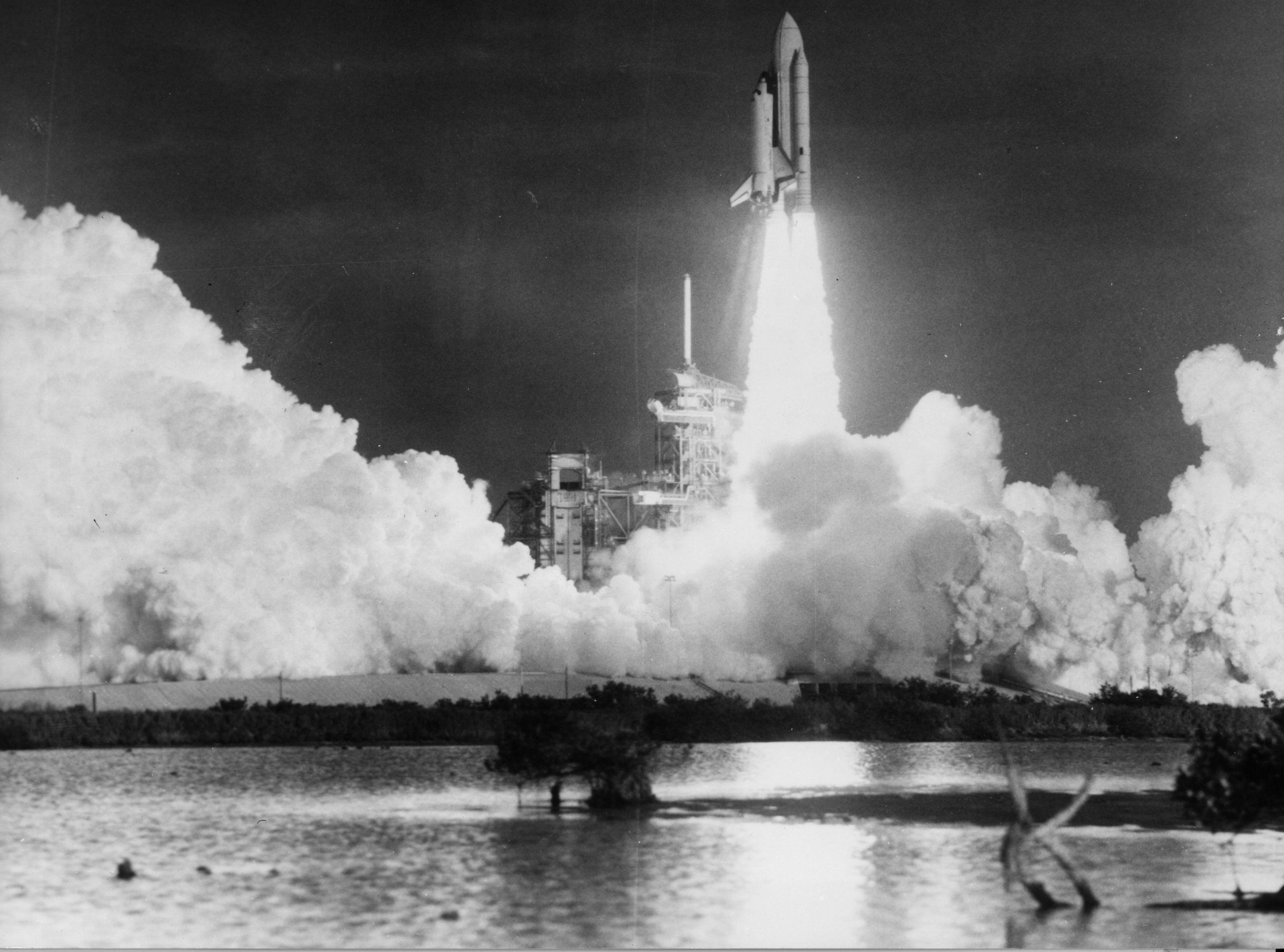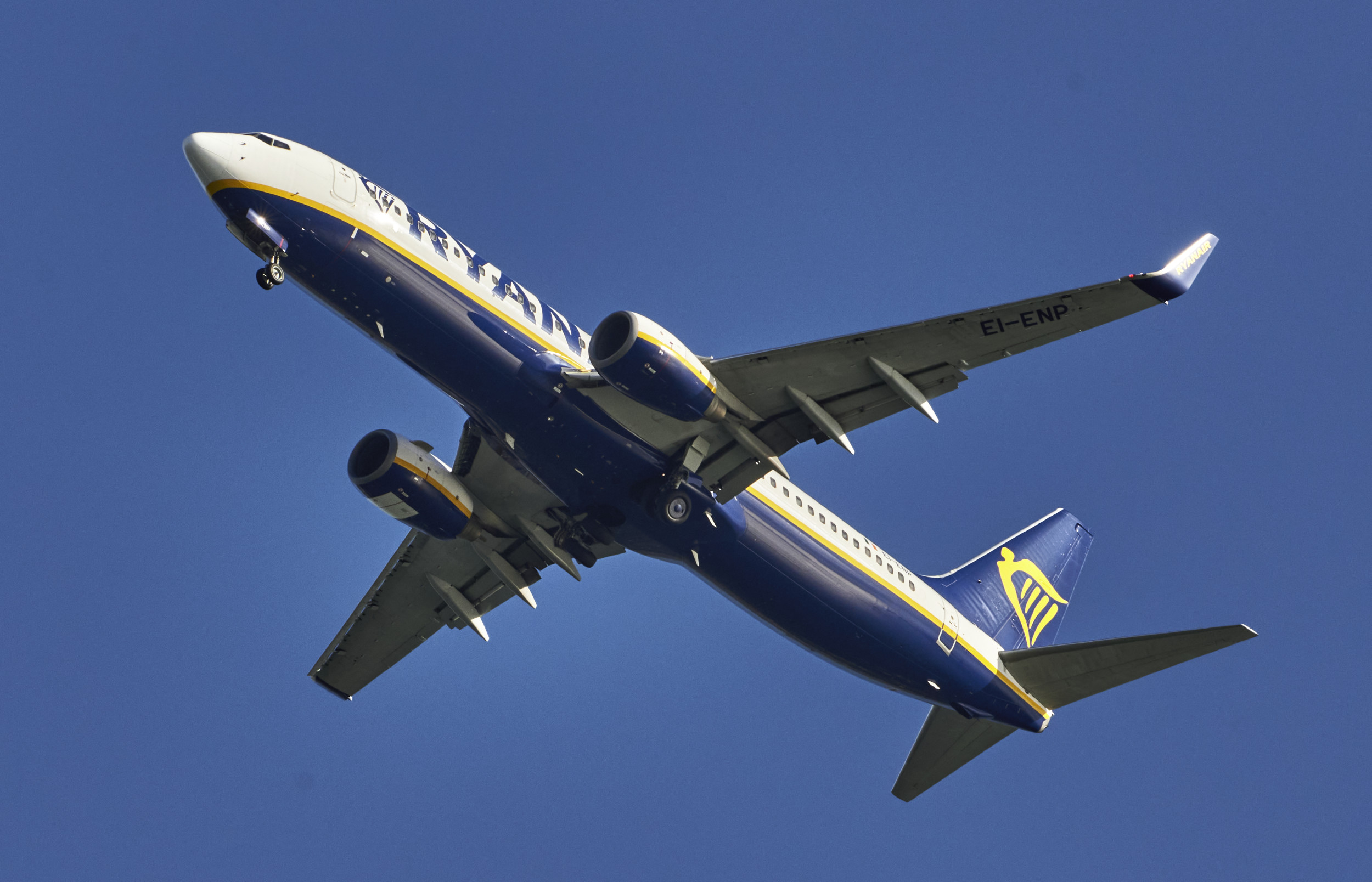
NASA's video archive is a trove of supersonic jet flights, space shuttle tests and even massive explosions.
And there's good news: The U.S. space agency has now made hundreds of these videos available on YouTube. NASA's Armstrong Flight Research Center in California has begun the process of migrating approximately 500 videos from its archives to the video sharing platform.
Some 300 of the videos have been uploaded so far, many of which contain amazing footage not widely seen by the public.
Highlights include a 2004 compilation video that shows the X-43A, a hypersonic plane that in 2004 twice set the world record for the fastest speed traveled by a jet-powered aircraft, going at almost 5,000mph (Mach 6.8) in March 2004 before raising it to nearly 7,000mph (Mach 9.6).
The archival footage covers important tests carried out by NASA that have enabled it to develop its space program. A historic video from 1981 depicts the Columbia space shuttle, which was the first reusable and piloted spacecraft to be launched into orbit by the U.S. and return safely to Earth. The launch was more than 20 years before the same shuttle disintegrated upon reentry to Earth's atmosphere in a 2003 mission, killing all seven crew members onboard.
Other videos are a little more lighthearted and amateur. A 1962 home video shot by NASA engineer Dale Reed shows a test flight of the M2-F1—a plane affectionately known as the "flying bathtub"—while there are also several videos of mock emergency rescue missions, where astronauts are pushed head-first down a slide to safety.
Finally, there are also some videos on the research center's channel that show tests that didn't quite go to plan. Most notably, a video uploaded in March shows the 1984 test flight of a Boeing 720 aircraft. The test was a Controlled Impact Demonstration, showing what would happen if the plane collided with an obstacle, and an additive had been added to the jet fuel that was supposed to suppress fire. But when the remotely-controlled jet hit the obstacle, it burst into a fireball that took over an hour to extinguish.
Prior to the migration to YouTube, the videos were available on the website of the NASA Dryden Flight Research Center, which has a clunky database of archival footage. But the space agency hopes that moving its videos to YouTube will make more people aware of what their engineers have been up to.
"Our hope is that by moving the content to more accessible platforms, NASA fans and media personnel will be able to access the content more regularly and become more fully immersed in what is happening at NASA," the agency's social media manager, Rebecca Richardson, told Motherboard.
Uncommon Knowledge
Newsweek is committed to challenging conventional wisdom and finding connections in the search for common ground.
Newsweek is committed to challenging conventional wisdom and finding connections in the search for common ground.
About the writer
Conor is a staff writer for Newsweek covering Africa, with a focus on Nigeria, security and conflict.
To read how Newsweek uses AI as a newsroom tool, Click here.








